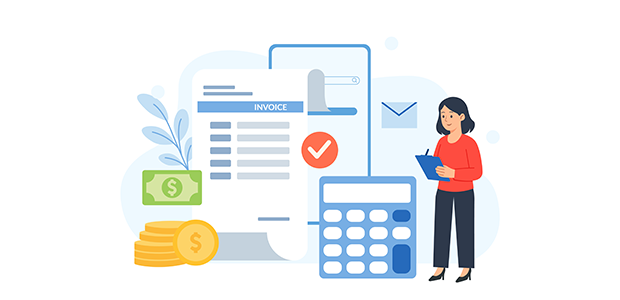
What making tax digital really means for small businesses
HMRC’s Making Tax Digital for Income Tax Self-Assessment (MTD ITSA) represents one of the most significant changes to UK tax administration in recent years. Sole traders, landlords, and freelancers with an income of £50,000 who previously filed a single annual tax return will instead be required to provide quarterly digital updates, along with a final end-of-period statement, using HMRC-compatible software.
This means businesses within the scope of MTD ITSA who fall under this income threshold would need to send their quarterly updates, and submit returns digitally using a compliant software solution. Those who previously relied on HMRC’s online portal will need to transition once they fall under the new requirements.
However, MTD ITSA is more than just a compliance and regulatory obligation. By creating a structured requirement for digital record-keeping, it encourages businesses to improve the way they track and analyse financial information. This shift has the potential to bring better visibility over cash flow, reduce administrative effort, and strengthen decision-making.
Digital tools unlock better decisions
The annual tax return process has often encouraged a reactive approach. Many sole traders and freelancers gather receipts and invoices at the end of the financial year, leaving them with limited visibility of their financial position during the year itself. This makes it difficult to plan ahead for their business.
However, quarterly reporting changes this pattern. By submitting updates every three months through digital software, businesses are prompted to maintain accurate and timely records. This more regular approach offers a clearer ongoing picture of financial performance.
Digital accounting tools extend the benefits further allowing businesses to manage their receivables, scan receipts to automatically record expenses, reconcile bank statements, and keep track of their income through the real-time dashboard. This allows businesses to forecast their income and expenses with more precision. For example, a freelance consultant can identify quieter months and adjust budgets accordingly.
In practice, this means compliance is not the only outcome. Digital record-keeping with a compliant accounting solution becomes a foundation for better management decisions. At the same time, safeguarding customer and financial data is essential, and businesses should ensure their accounting platforms use secure, encrypted systems which follow data protection regulations and maintain client trust and privacy.
MTD ITSA will require businesses and accountants to adjust their existing processes. New systems must be implemented, which means businesses may need to learn new tools and adapt to more frequent deadlines.
For small businesses, the ease of adoption will be critical as the cost and complexity of implementation may be a barrier. Choosing software that integrates smoothly with existing workflows can offer intuitive interfaces and provide accessible support which can significantly reduce disruption. Providers that offer training or guided onboarding will help businesses transition efficiently, which keeps compliance costs manageable.
However, the benefits that flow from digital adoption are likely to outweigh the initial challenges and the businesses that embrace compliant software will have greater clarity over their finances, improved forecasting and a reduction in administrative tasks. Accountants will be able to work with higher-quality data and focus on providing more strategic guidance.
In the longer term, the widespread use of digital systems will help raise the overall level of efficiency within the small business sector. By encouraging better record-keeping and more frequent engagement with financial data, MTD ITSA can contribute not only to improved compliance but also to improved business performance.
Small businesses and accountants have a choice in how they view the legislation, whether it is treated solely as a compliance requirement or it can be viewed as a starting point for digital transformation. Those who take the second approach will be best positioned to gain ongoing benefits in financial management with improved operational efficiency.
As the 2026 implementation approaches, preparation will be important. Businesses that take early steps to adopt compliant software and adjust their processes, will find the transition smoother and the benefits more immediate. Rather than focusing only on the obligation, it is worth recognising that MTD ITSA provides a practical opportunity to modernise operations and strengthen long-term resilience.
For more startup news, check out the other articles on the website, and subscribe to the magazine for free. Listen to The Cereal Entrepreneur podcast for more interviews with entrepreneurs and big-hitters in the startup ecosystem.

